For me, the main reason to live in South Florida is the ability go out in the winter and early spring to the local U-Pick fields to do our produce shopping. The downside to that is, it never fails that our eyes are bigger than our plans and we wind up picking too much. After all, as you know, there’s nothing better than a tomato, or other veggie, picked and eaten the same day – preferably, the same hour – but then what?
I’ve always been intrigued by the concept of long-term food preservation – that is, boiling water canning, but it scared me to death! What if something goes wrong? What if I poison myself, or G-d forbid, someone else?!? I’ve owned books on the subject for years, but never actually dared to try it. The whole process seemed so, well, arcane.
Then the stars aligned in the heavens. First, MJ showed me all this canning equipment in some folksy holiday catalog, and with my hesitant consent, ordered a funnel, a jar lifter, and a lid rack to hold the lids while sterilizing. Purely by coincidence, almost immediately after that, Michelle of Big Black Dog asked if I was going to participate in Tigress’ Can Jam. After some persuasion (and knowing I had this pile of stuff coming), I agreed, and at literally the last possible moment, I asked Tigress if I could join. With that, I have officially joined the ranks of the “Canners”!
Once a month, someone will pick (you’ll excuse the expression) a theme produce item that’s in season and/or generally available locally, and all the participants will choose a canning recipe appropriate to the selected produce. This month, citrus is in season, and that’s our assignment. Well, hello! I live in Florida, you know – that’s a gimme!
Ever holding to the principle that “more is better”, I made two different marmalades.
The first recipe I tried seemed pretty simple – Ruby Red Grapefruit Marmalade out of The Complete Book of Year-Round Small Batch Preserving by Ellie Topp and Margaret Howard. Easy enough: Zest the grapefruit and a lemon, boil the zest, remove the bitter white pith, throw it in the food processor, boil some more, etc. But they never mention anything about the inner membranes, so I took it upon myself to filet them (I think the right phrase is something like “cut supremes”, but believe me when I tell you that there was nothing “supreme” about The Great Grapefruit Massacre of 2010!). Here’s the end result:
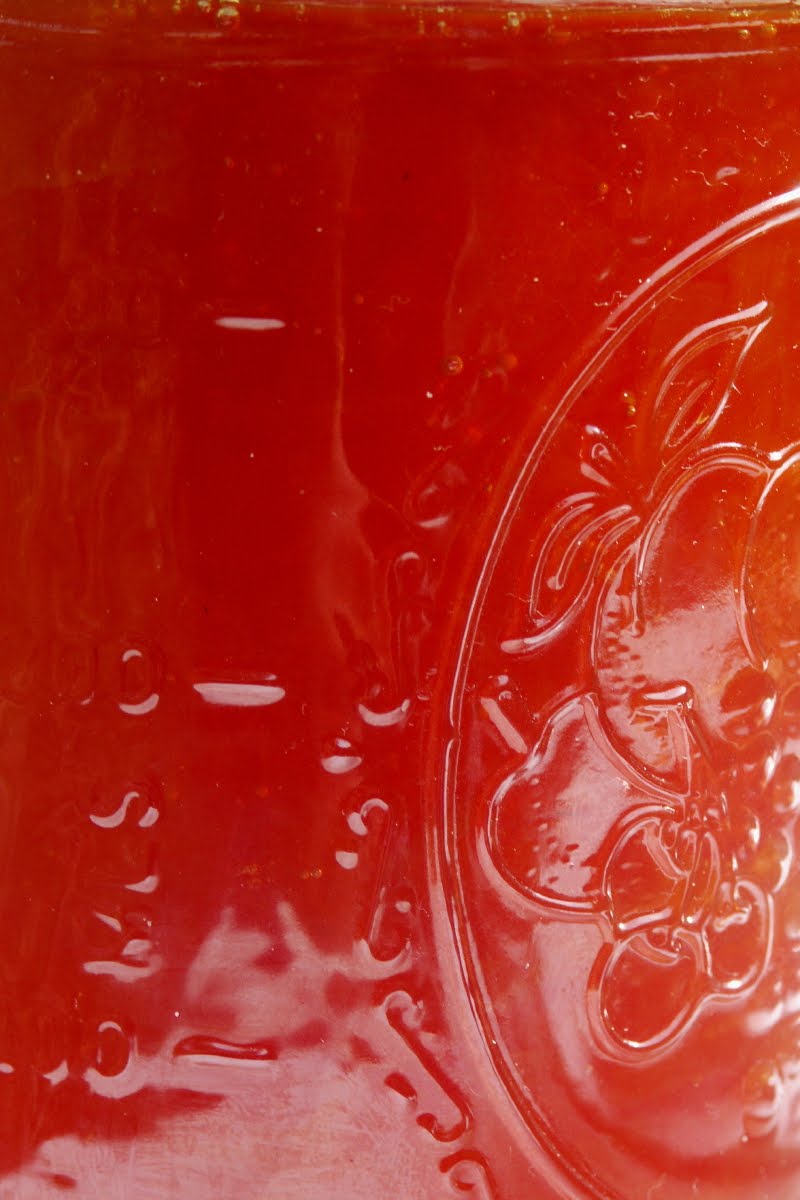 Flavor-wise, I think it turned out a little strong. Despite my careful zesting & fileting, it’s still got an “edge” to it that needs some moderation. On buttered toast, totally yummy. Even better with cream cheese!
Flavor-wise, I think it turned out a little strong. Despite my careful zesting & fileting, it’s still got an “edge” to it that needs some moderation. On buttered toast, totally yummy. Even better with cream cheese!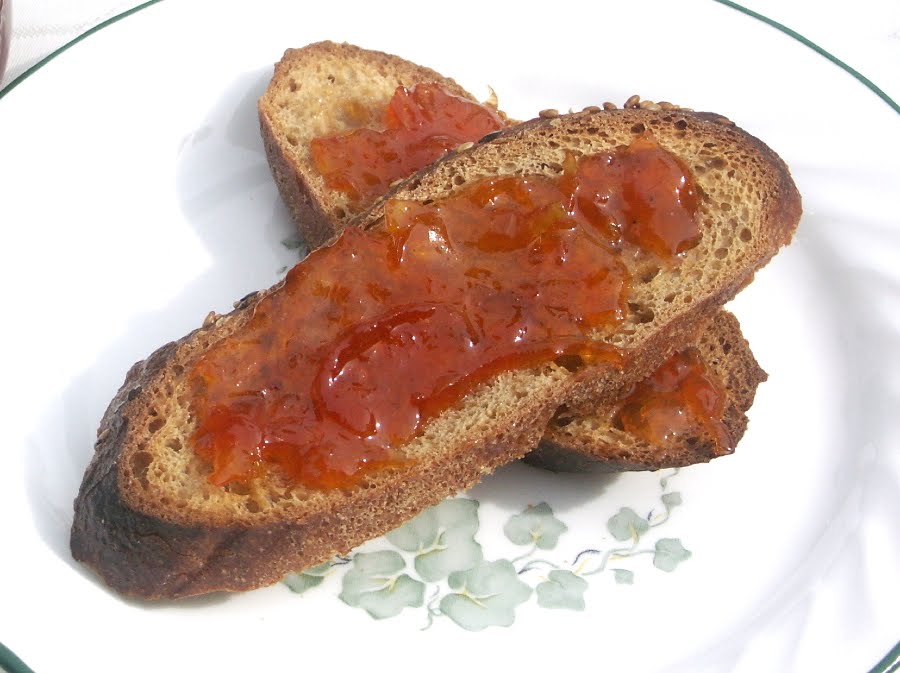
But there was one other recipe in Small Batch Preserving that intrigued me, the Five Fruit Marmalade. Lemon, lime, orange, tangerine, and grapefruit. But again, there was all that zest this, but not that. Boil the piths with the zest, but don’t use the lime pith. Fish out all the pith and… well, you get it. I don’t have that kind of concentration. I knew I was going to screw something up.
As luck would have it, one evening I caught an episode of Good Eats on Food Network. Guess what old Alton was talking about. C’mon, guess! Preserving! He was making orange marmalade! And he wasn’t zesting and pithing and chopping – he was using a mandoline! What if I could adapt this recipe to his method? Hmmm….
So, I pulled out the old cut-glove and the little hand-held slicer I gave MJ for Christmas, a couple of years ago, and with apologies to both Alton Brown and Mesdames Topp and Howard, I give you
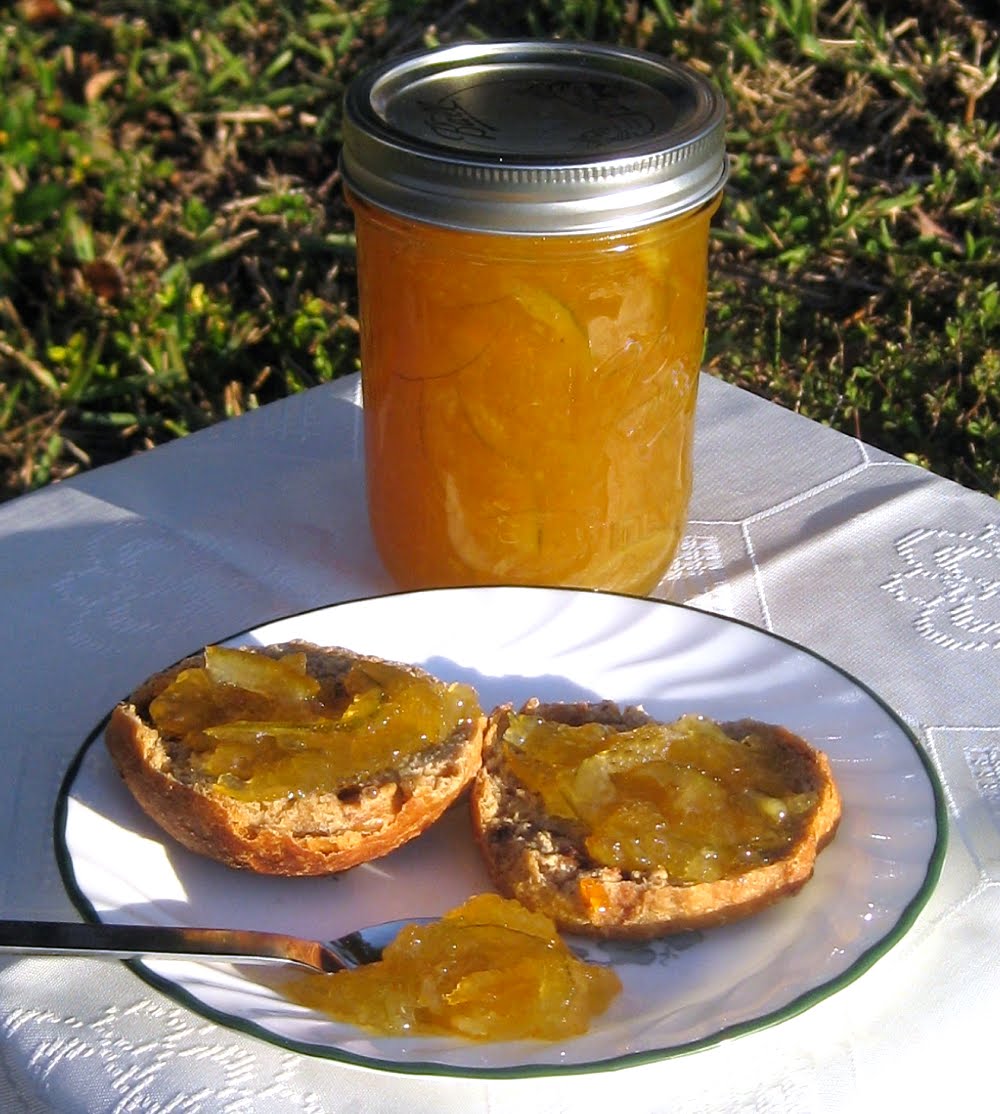 Four (and a quarter) Fruit Marmalade
Four (and a quarter) Fruit Marmalade
(yields about 7 cups)
Ingredients:
1 large lemon
2 large limes
2 medium thin-skinned oranges
3 clementines
1 key lime (optional – because I had one)
4 cups water
1/4 tsp. baking soda
5 1/2 cups sugar
Preparation:
Wash all fruits thoroughly. Slice off the stem-end of each fruit, far enough to reveal the flesh.
Using a mandolin or hand slicer, slice each fruit as thinly as possible, until you get to the point where there’s more pith & rind than flesh. Do this over a bowl (like a flat soup bowl) to catch the fruit and juices. Take care to remove seeds as they appear. If you get any large slices, take a knife and quarter them. You should wind up with about 5 cups of fruit.
Place the shaved fruit in a large saucepan (4 quart capacity) along with the water, bring to a boil, and boil rapidly for 20 minutes, stirring occasionally.
Add the baking soda, lower heat and boil gently for another 20 minutes, stirring occasionally. The baking soda will make the contents foam up rather suddenly, so don’t be alarmed.
Add the sugar, mix well, and raise the heat. Boil rapidly, stirring occasionally, for about 30 minutes, or until the mixture passes the “gel test.” (See notes, below)
Ladle into sterilized jars and process (boiling water canning method) for 5 minutes.
Notes:
Gel Test – Place a couple of small dishes in the freezer during the last phase of cooking. About 5 minutes before the end of the approximate cooking time, take the plate out of the freezer and put a small spoonful of the mixture on it. Immediately return the plate to the freezer for 2 minutes. Remove the pot of food from the heat during the test time. At the end of 2 minutes, take the plate out of the freezer, and with the tip of the spoon, push the mixture on the plate. If it’s thick and “wrinkles”, you’re good to go! Move on to the processing stage. If it runs, return the food to the heat and boil for another 2 minutes and test again.
When slicing the clementines (you could probably substitute tangerines), about 3/4 of the way down, the skin will loosen and pull away. At that point, don’t worry about the skin, just dig out the remaining flesh and go on to the next thing.
Oh, and the “quarter fruit”? My poor little Key Lime shrublet had just one little fruit on it and it was ripe and ready to go. I had no clue what to do with one key lime (they’re about the size of a walnut), so I decided to add it to the mix. I don’t believe it necessarily added much of anything, so don’t knock yourself out trying to find one just for this.
You guys, this worked out so well, I can’t begin to tell you. Using the mandoline shaved loads of time off of the prep process. No pun intended. The result was fine, even shreds which allowed the sweet liquid to permeate every cell, and no bitterness.
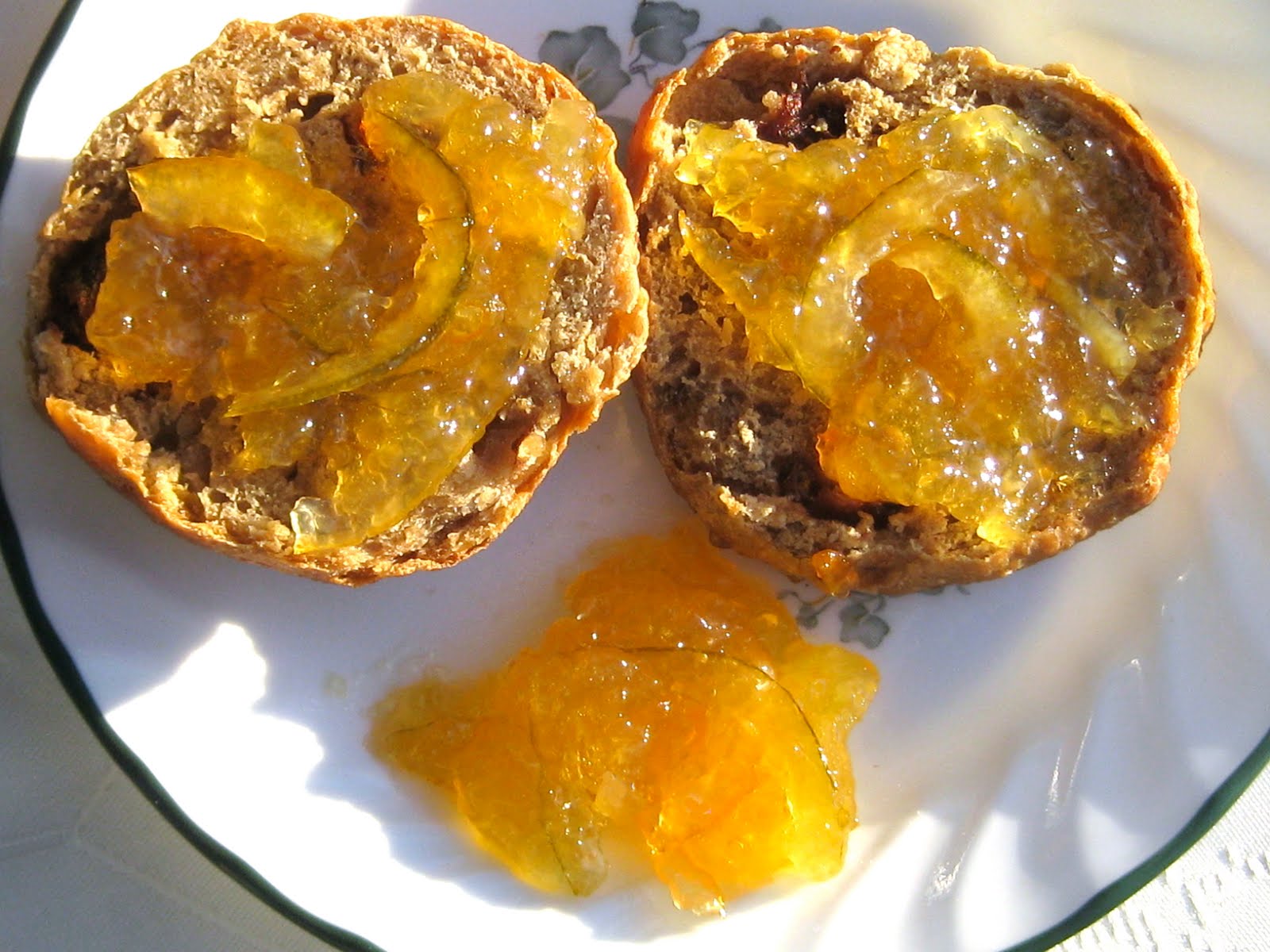 Okay, I’m hooked! Can’t wait to find out what’s in store for February!
Okay, I’m hooked! Can’t wait to find out what’s in store for February!

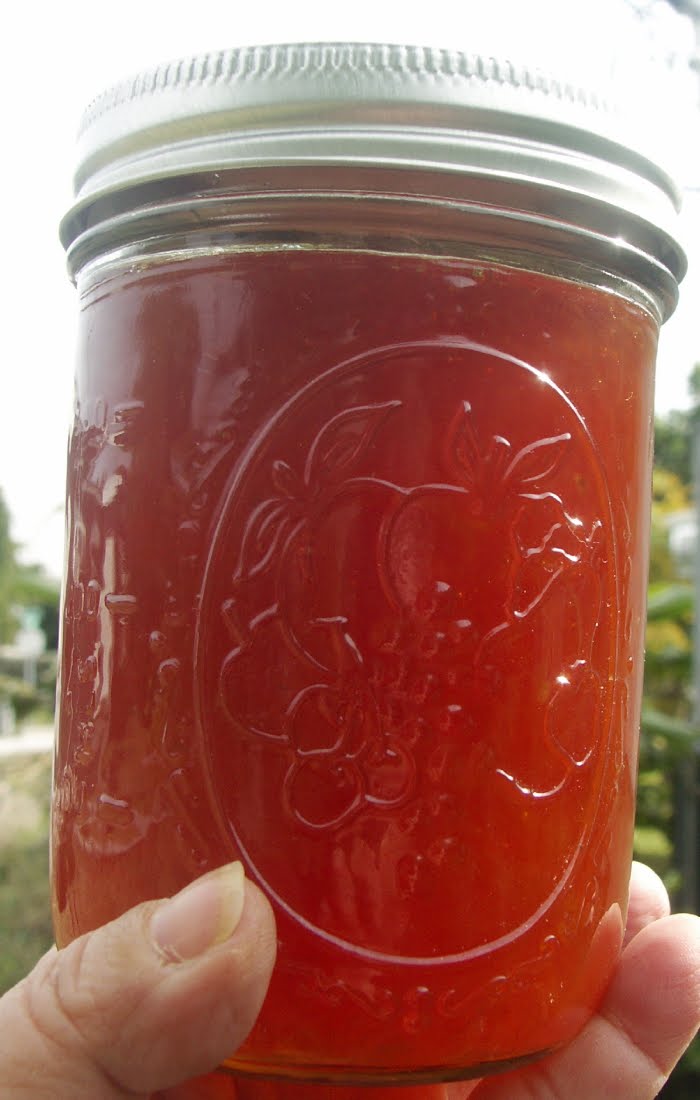
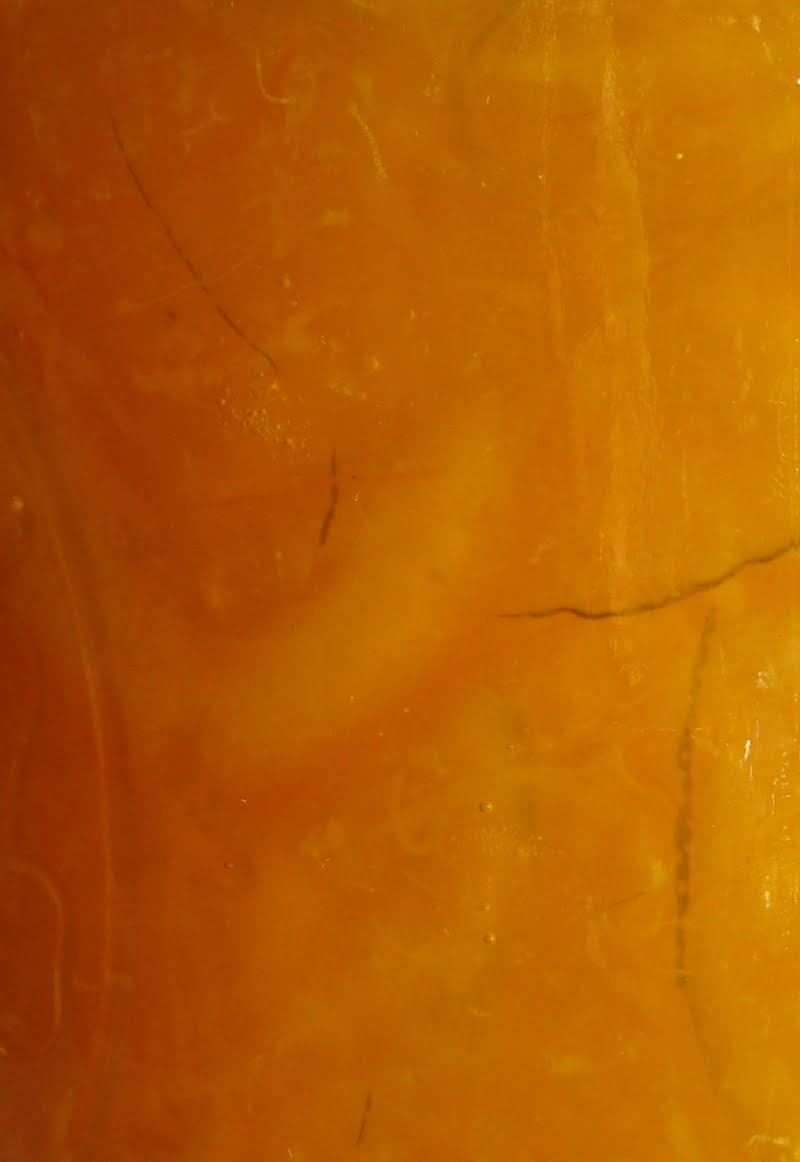

Oh you are an absolute 'tigress in a jam ja'. WOOT…love this one too! So this is what makes your feet jiggle!! And the 1/2 of the 4 1/2 is too precious!!Waiting for the next one Renee!
I totally love the color of your Ruby Red Grapefruit Marmalade!!!!
Oh my so so yummy! The grapefruit one looks oh so good! I really miss my citrus trees. I had lisbon lemon and key lime both of which gave over 1000 fruit. Needless to say I made whatever I could from them and more then a few of them ended up in cocktails…
They look delicious, and the colors are gorgeous! Beautiful!
Wow – they both look great! I keep meaning to make a multi-citrus marmalade, but somehow I always get distracted and forget what the fruit is for… and then I only have one kind. Yours makes me want to run out to the store for a variety of citrus right now!
Looks awesome! I can't believe that you just started canning. It's really beautiful.
I've made Grapefruit Marmalade and it is good, especially on toast! Gorgeous color too!
Looks great! Congrats on successes in both your first canning efforts!Also, as long as you stick to high-acid foods (like fruit preserves and pickles) and follow tested recipes, you don't have to worry about poisoning anyone! The dangerous things to can are veggies and meats.
wow how impressive! i have a fear of canning, seems so daunting, but Ruby Red Grapfruit Marmalade sounds heavenly! I might give this a try =)
Nice job! They both look yummy!Great colored marmalades!And thanks for the peek at green grass – only 4 more months until we have grass again 🙂